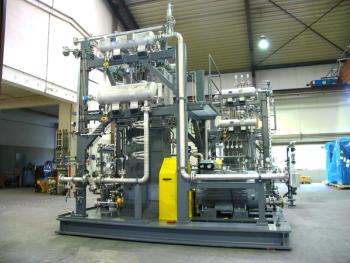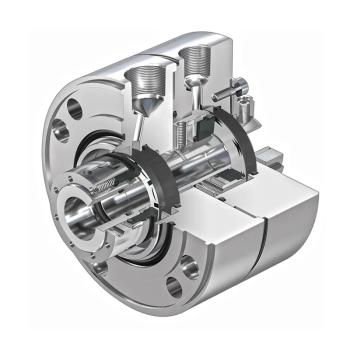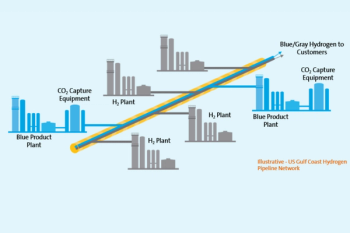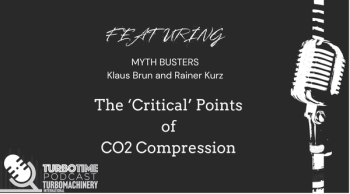
- Handbook 2026
- Volume 66
- Issue 6
Turbomachinery International: 2026 Handbook
Key Takeaways
- The U.S. power industry is shifting focus to fossil fuels, with utilities expanding to meet data center and AI demands, facing potential turbulence.
- Gas turbine demand is rising in developing regions, causing a "turbine crunch" with delays and increased costs for new power plant projects.
The 2026 Handbook includes a comprehensive outlook of the U.S. power industry and gas turbine market, as well as an industry-wide directory and specifications listings.
The annual edition of Turbomachinery International’s Handbook has arrived. This issue contains two market forecasts—for the power industry as a whole and gas turbines specifically—and insights from our consistent columnists: Turbo Tips and Myth Busters. The 2026 Handbook also includes a category index, a comprehensive directory, and equipment specifications from combined cycle to turboexpanders.
The new Trump Administration has transferred U.S. focus away from renewable electric generation, instead dedicating federal support to the extraction and usage of fossil fuels. Utilities are now expanding their transmission and distribution networks and adding new generation to meet an explosion of data centers, advanced manufacturing, and AI. Britt Burt and Brock Ramey, authors of our cover story, U.S. Power Industry Outlook 2026, forecast that the U.S. power industry will encounter some turbulence over the next five years.
Burt and Ramey, from Industrial Info Resources, provide detailed breakdowns of each power sector, including coal, natural gas, renewables, nuclear, microgrids, industrial energy production, and battery energy storage. New-build generation, although climbing rapidly, can be characterized by their closing statement, “Ultimately, the only thing certain about the power industry is there will always be uncertainty.”
Carter Palmer of Forecast International returns once again to provide the Gas Turbine Industry 10-Year Outlook—a forward-looking prediction of gas turbine production, orders, and usage over the next decade. According to Palmer, the demand for turbine-derived electricity is quickly climbing in developing regions around the world, forcing suppliers into what he calls a “turbine crunch”—a phenomenon causing multi-year delays and driving up costs for new power plant projects.
“What this all translates to in Forecast International’s eyes is a general increase in production that is tempered due to the issues mentioned, which hurt all suppliers,” said Palmer. “Manufacturers such as GE Vernova are expanding facilities to increase gas turbine production, but changes in production output will not happen overnight. Orders are robust, and therefore the market is on solid footing; however, production, although increased, will take time to meet the demand.”
Amin Almasi’s Turbo Tips column covers the various difficulties and challenges of gear units in turbomachinery trains, recommending that operators consider wear and degradation, torsional problems, lubrication, and more. On the Myth Busters side, Klaus Brun and Rainer Kurz address a prominent issue in the turbomachinery industry: increasing gas turbine production capacity. The duo cites the loss of experienced personnel, underdeveloped manufacturing locations, and bottlenecked supply chains as roadblocks to building capacity.
Articles in this issue
about 1 month ago
Gas Turbine Industry 10-Year Outlookabout 1 month ago
U.S. Power Industry Outlook 2026Newsletter
Power your knowledge with the latest in turbine technology, engineering advances, and energy solutions—subscribe to Turbomachinery International today.





